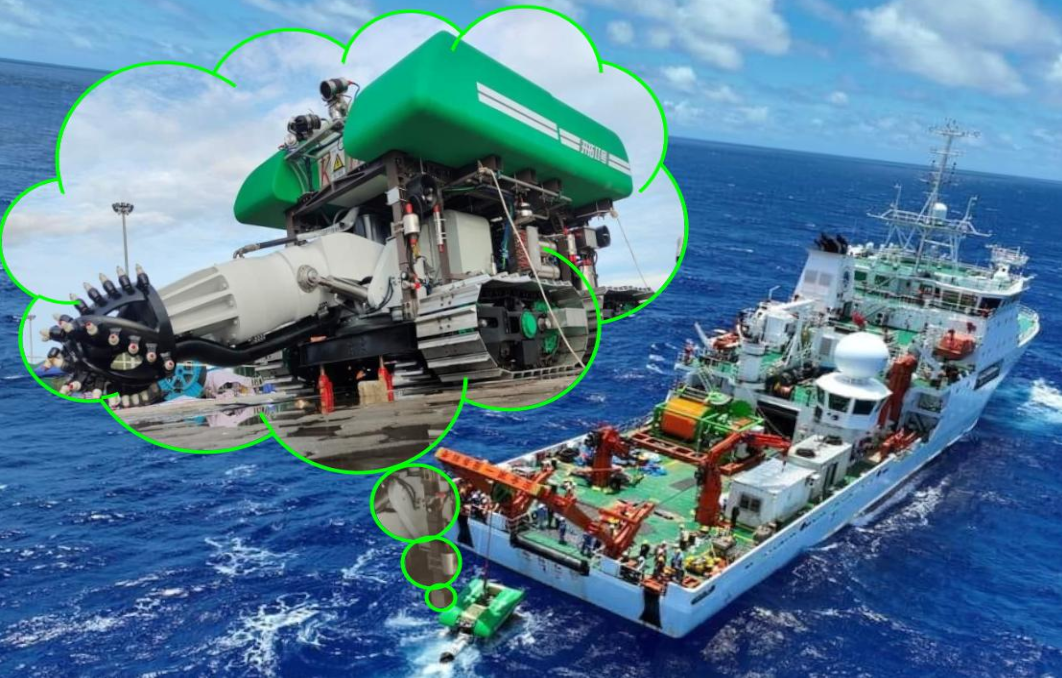China’s Kaituo 2 deep-sea robot has achieved a major milestone by reaching a depth of 13,460 feet (4,100 meters) in the Pacific Ocean, retrieving over 440 pounds (200 kg) of critical minerals, including copper and cobalt—key components in the manufacturing of batteries and clean energy technologies.

Engineered for autonomous underwater mining, Kaituo 2 represents a significant leap forward in deep-sea exploration and extraction. The successful mission underscores China’s growing technological capabilities in accessing oceanic resources that were once deemed inaccessible.
As global demand for strategic minerals accelerates—driven by the green energy transition and rapid growth in electric vehicles and renewable energy—nations are racing to secure new sources of supply. Deep-sea mining is emerging as a potential solution, offering access to vast, untapped reserves of high-value materials on the ocean floor.
However, this progress is not without controversy. Environmental groups and marine scientists have voiced strong concerns about the ecological risks associated with seabed mining. They warn that disturbing these fragile, largely unexplored ecosystems could result in long-lasting damage to marine biodiversity and the overall health of ocean environments.
The Kaituo 2 mission highlights the dual-edged nature of ocean resource development—the promise of technological advancement and resource security, set against the ethical and environmental challenges of disturbing one of Earth’s final frontiers.
As global interest in deep-sea mining intensifies, the need for robust international regulations, sustainable practices, and scientific understanding becomes ever more urgent.

